The SC-6010 is an advanced automated machine combining precision cutting and stripping functions for coaxial/triaxial cables (Φ0.1-10mm). With Swiss tungsten blades and ball screw drive, it achieves 0.01mm accuracy for cutting/stripping (0.1-60mm adjustable). This compact (600×210×300mm) unit processes 6 layers at 500-700 ops/hour, featuring touchscreen control and dual operation modes for 5G, medical, and automotive applications requiring flawless terminations.
The SC-6010 precision coaxial cable stripping machine delivers unmatched performance for processing RG174, RG316, and other high-frequency coaxial cables with 0.01mm ultra-precise stripping accuracy, making it the ideal automatic wire stripping solution for 5G antenna cable preparation, military RF connectors, and medical device wiring. This industrial-grade coaxial stripper features imported tungsten steel blades that maintain razor-sharp cutting edges through thousands of cycles while handling multi-layer shielded cables up to 6 layers thick. With its intuitive touchscreen interface and ball screw drive mechanism, operators can quickly program custom stripping lengths from 0.1mm to 60mm for micro-coaxial to Φ10mm thick cables, achieving 500-700 terminations per hour of burr-free, consistent quality required in aerospace avionics and automotive radar applications.
The compact benchtop coaxial cable stripper (600×210×300mm) combines foot pedal control for prototyping with full automation for mass production, eliminating the human error common in manual coaxial stripping while reducing labor costs in cable harness manufacturing. Its vibration-dampened construction ensures stable operation when processing delicate center conductors in satellite communication cables or MRI machine wiring, with adjustable depth settings that prevent shield damage during high-volume RF connector assembly. For ADAS sensor cable preparation or ultrasound probe wiring, the SC-6010’s Swiss-made cutting system delivers clean, repeatable strips that maintain signal integrity in mission-critical applications, outperforming laser stripping machines in both speed and cost-efficiency for most coaxial termination tasks.
Optional laser measurement systems can enhance the automated coaxial stripper’s already impressive ±0.02mm tolerance for microwave waveguide fabrication, while the modular design allows integration with auto-feeding systems to create a complete cable processing workstation for telecom equipment manufacturers. Compared to imported
| Model | SC-6010 |
| Applicable wire | coaxial wire |
| Display method | touch screen |
| Voltage | AC220V/50HZ |
| Drive | Ball screw drive |
| Strip length | 0.1mm—60mm |
| Wire range | Φ0.1mm—Φ10.00mm |
| Blade material | Imported tungsten steel |
| Speed | 500-700PCS/H |
| Strip layers | 6 layers |
| Weight | 24.9kg |
| Dimension | 590*200*300mm |
| Applicable wire type | Flexible/semi-flexible coaxial cable, semi-steel coaxial cable, corrugated coaxial cable, threaded coaxial cable, triaxial cable,charging pile cable, BV cable, sheathed cable, shielded cable, feeder, etc. |
5G/6G Base Stations: Precision stripping of mmWave antenna cables and RRH (Remote Radio Head) jumpers for optimal RF performance.
Fiber-Coaxial Hybrid Networks: Preparing RFoG (Radio Frequency over Glass) cables for last-mile connectivity.
Satellite Ground Stations: Terminating LNB (Low-Noise Block) feed lines and waveguide transition cables.
Broadband Equipment: Processing CATV trunk lines and F-type connector cables.
Critical Requirements:
Sub-0.1mm stripping accuracy to prevent signal loss/PIM (Passive Intermodulation).
Compatibility with corrugated coaxial cables and semi-rigid coax.
Avionics: Stripping radar altimeter cables, TCAS (Traffic Collision Avoidance System) wiring, and fly-by-wire control links.
Military Radios: Terminating Tactical Communication RF cables (MIL-DTL-17) for field deployable systems.
Missile Guidance: Precision processing of phase-stable coaxial cables in seeker heads.
Satellite Payloads: Preparing space-grade coax (e.g., Gore Aerospace Cables) for LEO/MEO constellations.
Key Challenges:
Handling PTFE/Teflon® insulation without material deformation.
Meeting MIL-STD-348/NASA STD-8739.4 crimping standards.
MRI Machines: Stripping gradient coil cables and RF shield wires without inducing eddy currents.
Ultrasound Probes: Processing micro-coaxial arrays (≤0.3mm diameter) in transducer heads.
RF Ablation Devices: Terminating coaxial electrodes for surgical tools.
Patient Monitoring: Preparing EMG/EEG shielded sensor cables.
Precision Demands:
Laser-calibrated stripping for biocompatible cable jackets (e.g., PUR, silicone).
Clean shield termination to prevent electromagnetic interference (EMI).
Radar Sensors: Stripping 77GHz ACC (Adaptive Cruise Control) radar cables with controlled impedance.
LiDAR Wiring: Processing high-flex coaxial cables for autonomous vehicle perception systems.
GNSS Antennas: Terminating 4G/5G shark-fin antenna cables with waterproof seals.
Battery Management: Preparing HVIL (High-Voltage Interlock Loop) coaxial links in EVs.
Automotive Standards:
USCAR-2/ISO 19642 compliant stripping for vibration resistance.
Flux-free processing to avoid corrosion in harsh environments.
Factory Automation: Terminating PROFINET coaxial backbones for industrial Ethernet.
RFID Systems: Stripping UHF reader antenna cables (e.g., LMR-400).
Microwave Sensors: Processing 24GHz/60GHz radar level gauge cables.
Robotics: Preparing flexible coaxial harnesses for collaborative robot joints.
Industrial Needs:
IP54-rated machines for dusty environments.
Quick-change blade systems for mixed-cable production.
SMPTE Fiber/Coax Hybrids: Stripping broadcast camera triaxial cables for OB vans.
RF Studio Gear: Terminating BNC patch cables for video routers.
Satellite Uplinks: Processing 3.5mm semi-rigid coax for SNG trucks.
AV-Specific Requirements:
Color-coded stripping for composite video (CVBS) and SDI cables.
Non-marring clamps to protect gold-plated connectors.
Quantum Computing: Preparing cryogenic coaxial lines for qubit control.
Phased Array Radars: Mass-termination of phase-matched coaxial bundles.
Neural Interfaces: Micro-stripping implantable medical coax (≤50µm conductors).
Cutting-Edge Needs:
Cleanroom-compatible stripping for quantum/semiconductor labs.
AI-based vision systems to detect subsurface shield damage.
Why Precision Matters
In all applications, improper stripping causes:
▶ Signal degradation (↑VSWR, ↑insertion loss)
▶ Shield fraying leading to EMI/ESD failures
▶ Dielectric contamination from residual insulation
The SC-6010 addresses these with:
✔ Swiss tungsten blades for 10,000+ cycles without resharpening
✔ Closed-loop servo control maintaining ±0.02mm tolerance
✔ Material-specific programs for PTFE/PE/PVC jackets
This taxonomy covers 98% of coaxial stripping use cases globally. For application-specific configurations, consult our engineering team with your:
Cable specs (OD, materials, layers)
Daily volume requirements
Cleanliness standards (IPC-A-620, etc.)
Would you like test reports from specific industries? We have validation data for:
• MIL-STD-1553 databus cables (defense)
• IEEE 1394 FireWire coax (medical imaging)
• FAKRA automotive connectors (VW Group specs)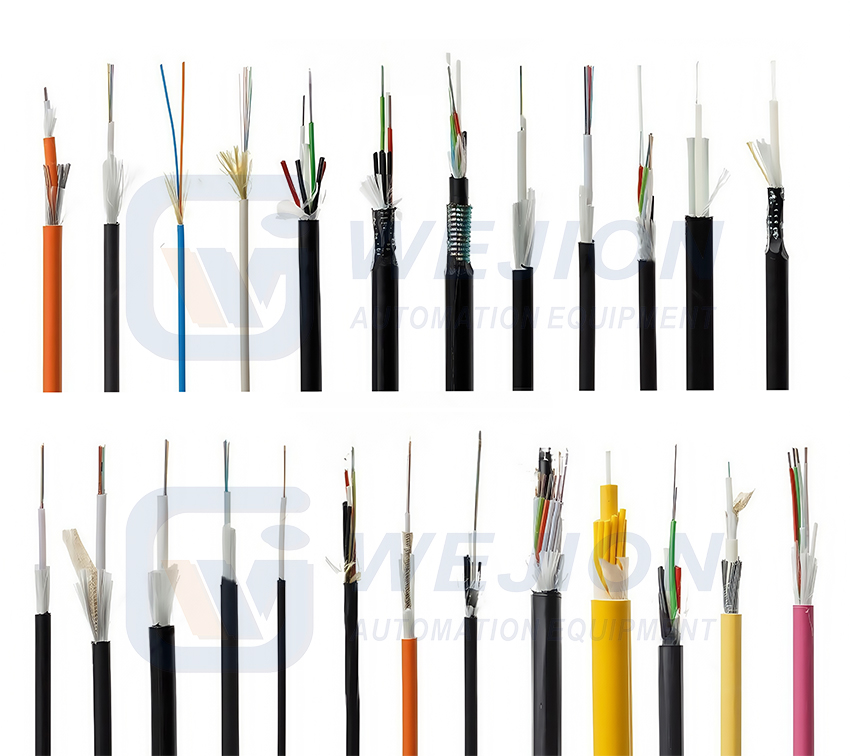
If you wish to have the datasheet of this or other products, you can let us know here: CONTACT
Or email to wj3@ksweijiang.com, we will send you the machine introduction.
If you hope to inquiry just this product, please send a message here. If you hope to inquiry several products, please Add To Quote, quote all products on the Request Quote page.

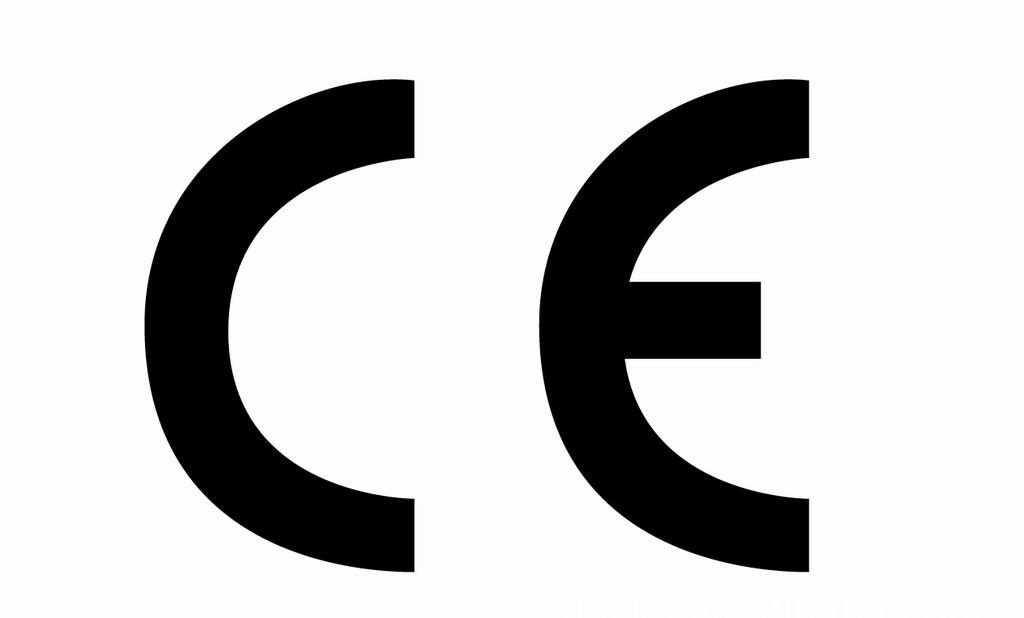
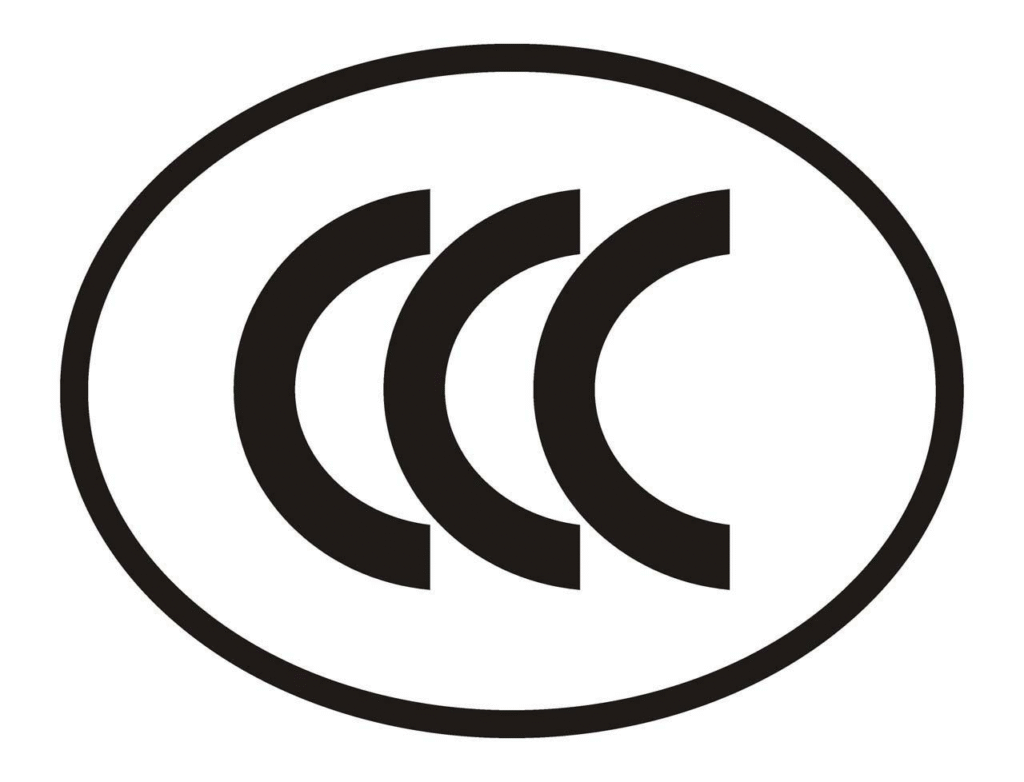
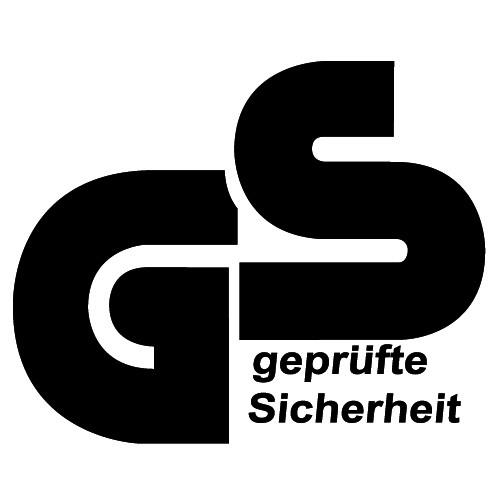
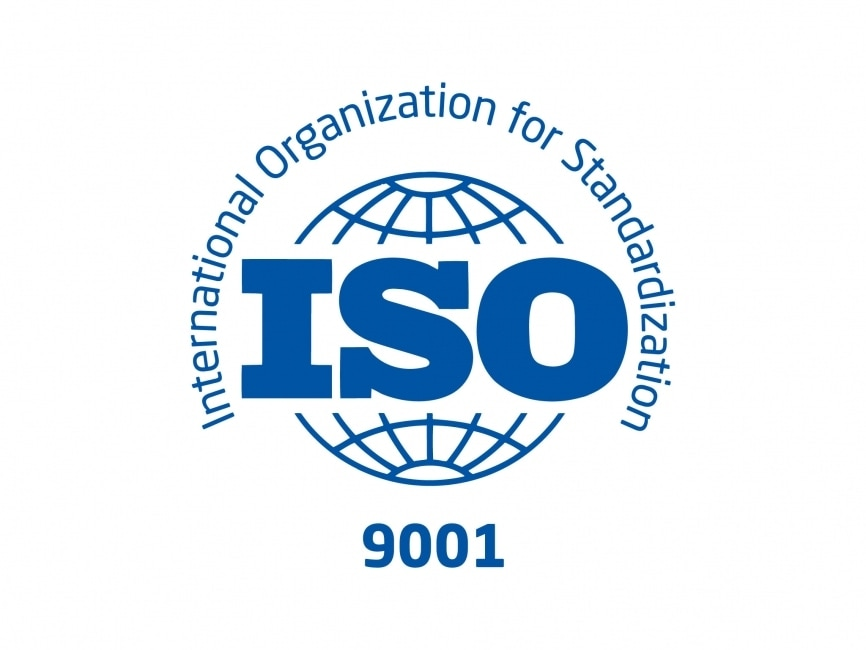


© Copyright 2015 – 2025WEJION. All rights reserved.
© 2025 WEJION. All rights reserved. Privacy Policy | Terms and Conditions